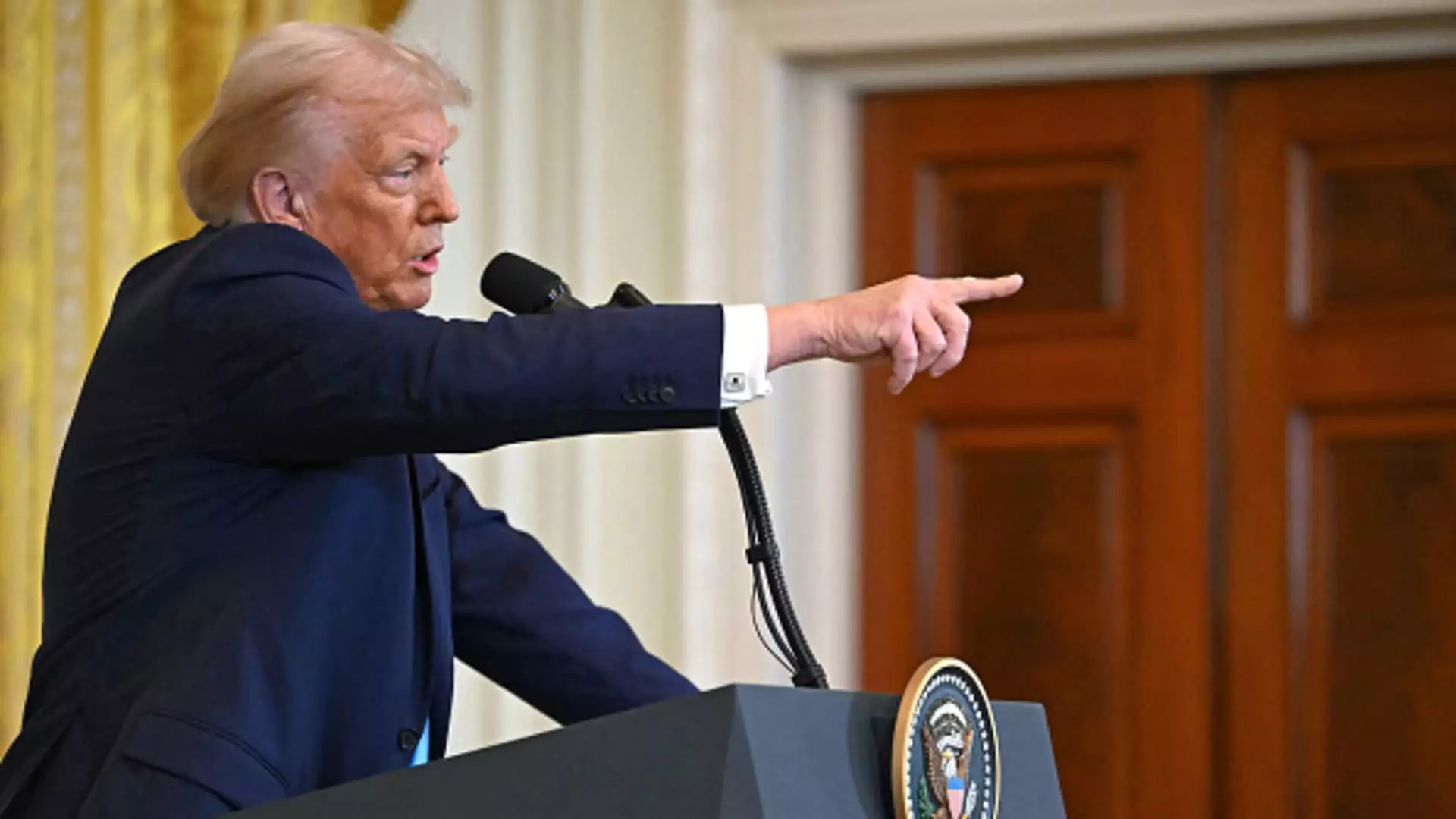In recent discussions regarding tax reforms, President Donald Trump has reignited the debate around the carried interest loophole—a tax provision that grants hedge fund managers and private equity investors preferential tax rates on certain earnings. This loophole allows investment fund managers to classify a portion of their compensation as “carried interest,” which effectively subjects it to long-term capital gains tax rates instead of the significantly higher rates applied to regular income. With the capital gains tax rate set at 20%, plus an additional 3.8% for net investment income, it stands in stark contrast to the federal income tax rate, which can reach up to 37% by 2025.
Despite being a long-standing issue, the carried interest loophole has elicited responses from both political parties. Advocates for taxation reform argue that earnings categorized as carried interest should be taxed similarly to wages, given that they are compensation for services rendered. This perspective has been reiterated by policy experts, highlighting a growing frustration over the inequities embedded in the tax code. Garrett Watson of the Tax Foundation notes that bipartisan consensus exists around the desire to amend this policy; however, opposition from industry lobbyists remains a significant barrier.
A critical analysis of this dynamic reveals a frustrating cycle where proposed reforms face mounting resistance from powerful financial interests. Entities such as the American Investment Council have consistently defended the loophole, emphasizing its perceived role in fostering employment and economic growth. Yet, it raises important questions regarding whose interests are being prioritized within the broader economic landscape.
During Trump’s presidency, initial attempts to reform this loophole fell short. The Tax Cuts and Jobs Act of 2017 reframed the taxation guidelines by extending the requisite holding period for long-term capital gains treatment from one year to three. More ambitious proposals, such as extending this period to five years, were tabled amid stark industry pushback during the discussions of the Inflation Reduction Act in 2022. As Rosenthal articulately notes, while there appears to be widespread desiring to close the loophole, the voices opposing its closure are the very individuals who stand to benefit the most.
This speaks volumes about the current political landscape, where significant reforms struggle to gain traction, often due to the influence of lobbyists and special interests. In a climate where making lasting changes to tax policies can be overwhelmingly complex, the challenge of aligning political will with the economic reality of the carried interest loophole continues to persist.
As Republican lawmakers deliberate over spending priorities and additional means to finance tax cuts, the discussion surrounding the carried interest loophole becomes even more pertinent. Watson astutely describes the revenue potential from its elimination as a “drop in the bucket” compared to the vast financial requirements necessary for broader fiscal objectives.
Moving forward, the fate of the carried interest loophole remains uncertain. The convergence of political ambition and economic realities will determine whether the oppressive tax benefits enjoyed by a select group will either continue unchecked or be addressed through equitable reforms. Ultimately, this issue provides a crucial lens through which to explore the efficacy and integrity of contemporary tax policy in the United States. As debates evolve, the stolen wealth accruing to private equity executives must be contextualized within the narrative of a system that often strengthens the hands of the wealthy at the expense of the broader public.

